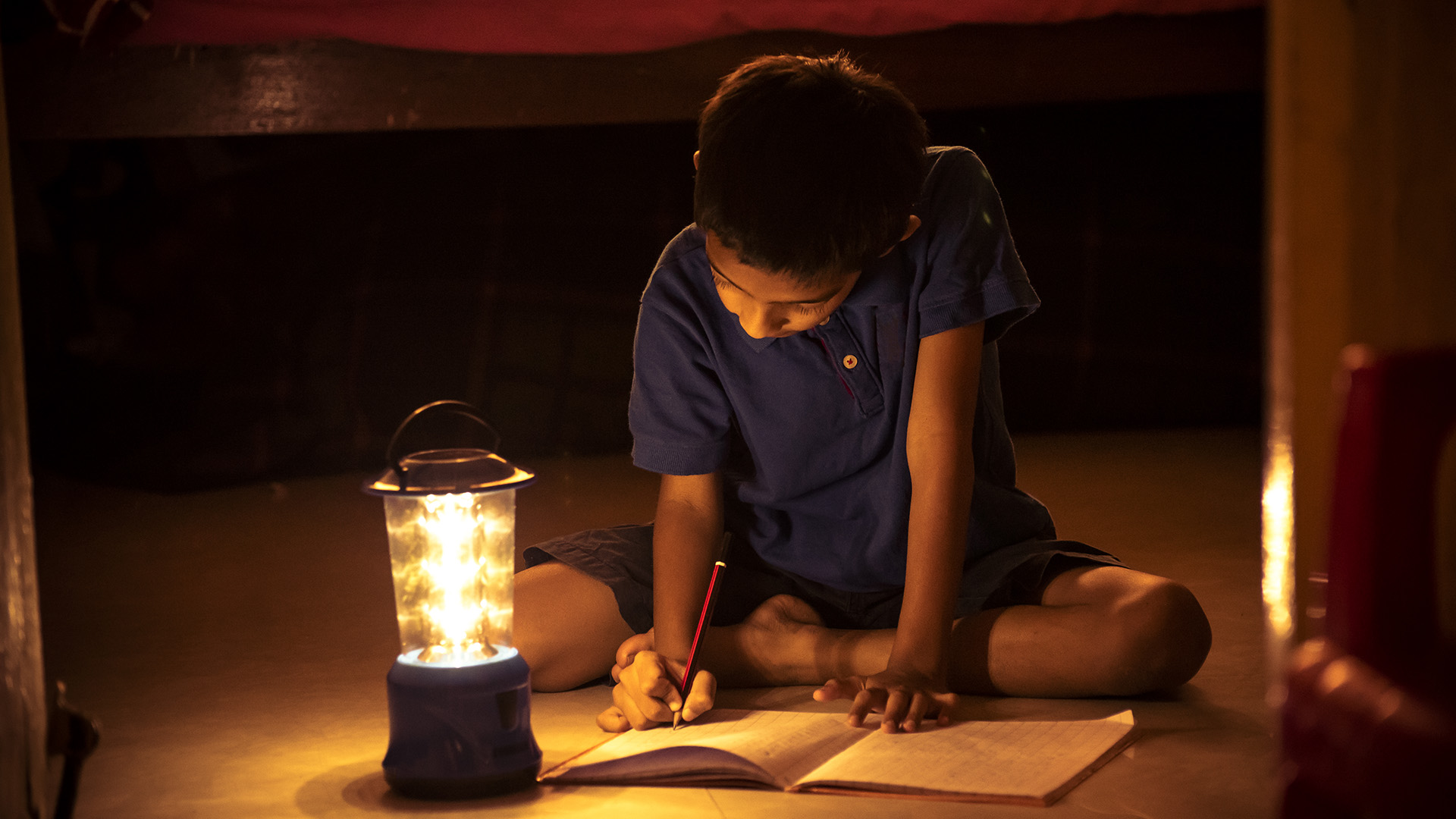It’s no secret that the U.S. has a serious grid issue. Last year, New York City sent emergency texts to its 8.4 million residents to limit air conditioning and avoid the use of major appliances, and California issued conservation alerts.
As states grapple with how to adjust and adapt their power grids to new policies and technologies, we’re already seeing headlines preparing communities for blackouts. From Michigan and the South’s lack of generation capacity to Texas’ extreme heat that could stifle wind, these areas are ripe for a blackout.
At some point, most of us have experienced an outage of some kind due to weather, routine maintenance of the power grid, or some other unexpected event. A blackout, whether it’s planned or unplanned, can leave you completely in the dark. With today’s technology, we can not only lose light, but we’re also at risk of losing methods of communication and worse, modes of transportation. The key to surviving a blackout with our sanity intact is staying vigilant and being prepared for the possibility of one.
As John F. Kennedy said, “The time to repair the roof is when the sun is shining.”
Make a Checklist
The first step to being prepared for any emergency situation is to have a plan – now. Like any good plan, gather up those that will be affected, whether it’s your family, a partner or a friend to help create your emergency plan. Discuss what you will do if you need to leave your home and seek shelter elsewhere and how you will communicate with each other and the outside world. Make a list of the emergency supplies you need to gather, establish a location for them and make sure everyone knows where the supplies will be located. Go over the plan multiple times or even periodically, especially if there are any changes or you need to make, updates you need to add, or things to replenish it.

Gather Supplies
After creating an emergency plan with your family, gather the supplies you will need to sustain for a day or even several days without power. These supplies should include:
- Non-perishable food items
- Drinkable water for every member of your family (at least a gallon a day for a minimum of three days)
- Flashlights
- Batteries
- A battery-operated radio
- A manual can opener
- Fully charged power banks for charging cell phones
- An extra supply (if possible) of any daily medications
- A first-aid kit
It’s also a good idea to make sure you have a method of cooking food if you have an electric stove. A propane camp stove or an outdoor grill are both good options for heating or cooking food.
Factor in Entertainment
You may only be without power for a short time but you should also have items to keep you entertained and help pass the time. This can also be particularly helpful if you have small children who may get restless. Books, board games, cards, and puzzles are all good boredom busters that don’t require tapping into your backup electricity reserve. In the event you want to watch TV or movies, have a fully charged cell phone or tablet for non-emergency use and plan to use them as long as the charge lasts. Once the battery runs out, avoid recharging them, if possible, to conserve power for any essential items that may need backup electricity.
Don’t Forget to Prepare For Safety
It is important to prepare your home for safety before an emergency arises. Save this safety checklist in a place that you can not only access offline but easily refer to when a blackout happens:
- If you plan on using a generator, make sure it’s properly grounded, positioned outdoors and away from any major structure.
- Keep additional batteries on hand in case you need to replace any in your smoke detector, flashlight or other battery-powered devices.
- When the lights go out, unplug any small appliances and other electronic devices to help prevent a power surge.
- Make sure that any gas or propane cooking appliances are either well-vented or operated outside.
- Do not bring outdoor grills inside; they should only remain outdoors for cooking.

